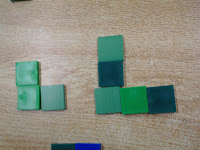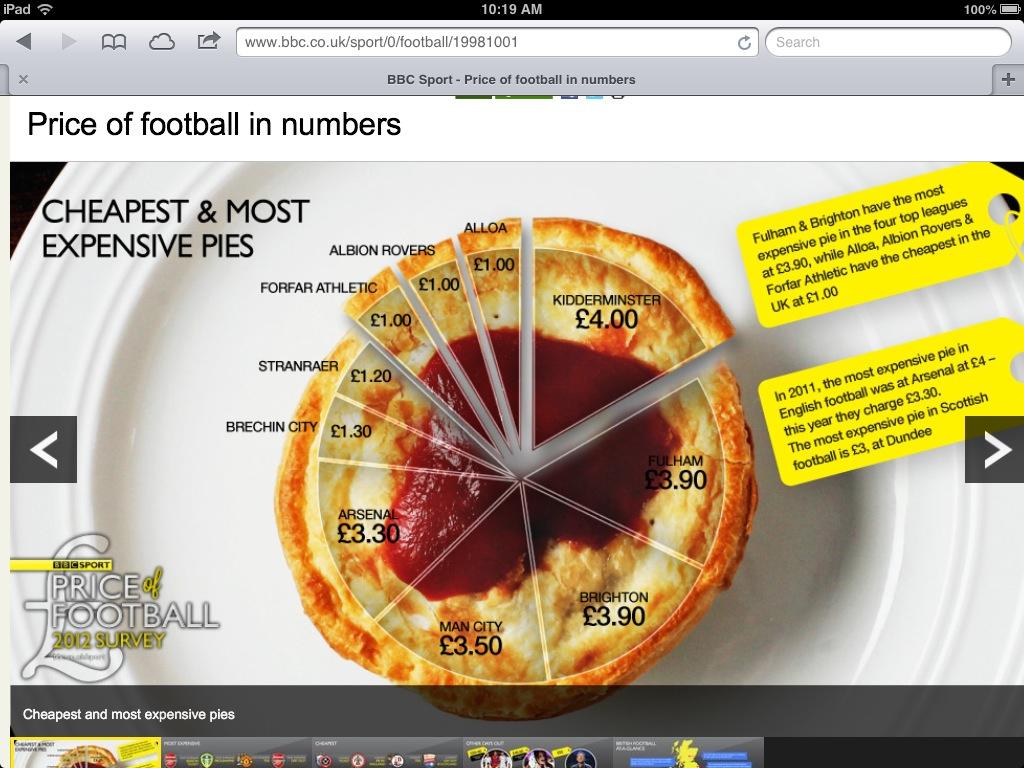But we were also curious: if we showed the students the above video, what sort of questions would come to mind? Well why not use a backchannel to collate these questions? Having recently seen TodaysMeet in action we decided to give this a whirl.
Now I won't lie to you; I was a touch apprehensive about how the students might use (or misuse) this tool. I have seen adults get a bit silly when using it. Royan Lee (who met with our department last week) gave some good advice: Let them use the tool and let them make the mistakes. And when they do make a mistake then it's an opportunity for learning.
I needn't have worried. Yes, there was a lot of "Wassup?" and "Yo, I'm so hungry I wanna eat those bears" comments but nothing harmful. More importantly, there was a lot of really good questions:
We then generalised these into one question:
How many of the regular bears are equivalent to the superbear?
Some chose to use mass:
Others used the internet to help them get the relevant information:
A couple of groups even considered calories:
What was neat was that by giving them no information in terms of measurements they had to be very active in thinking what measurements they actually needed. How they then got these and how they then used these was very impressive especially in terms of showing their proportional reasoning.
We watched the Act 3 from Dan Meyer's site and there was some disappointment from some students that their answers differed from his but we emphasised that he was using his bears whilst we were using ours!
Finally we asked the students to reflect on how they approached the problem today:
What probably made this lesson work so well was the lack of information that we gave the students: it forced them to think what question needed to be answered and from there how to answer it.
After all, part of being a good mathematician is not so much answering questions, but asking the questions in the first place.
* * * *
Dan Meyer's Three Act Math can be found here: http://blog.mrmeyer.com/TodaysMeet can be found here: http://todaysmeet.com/

















































